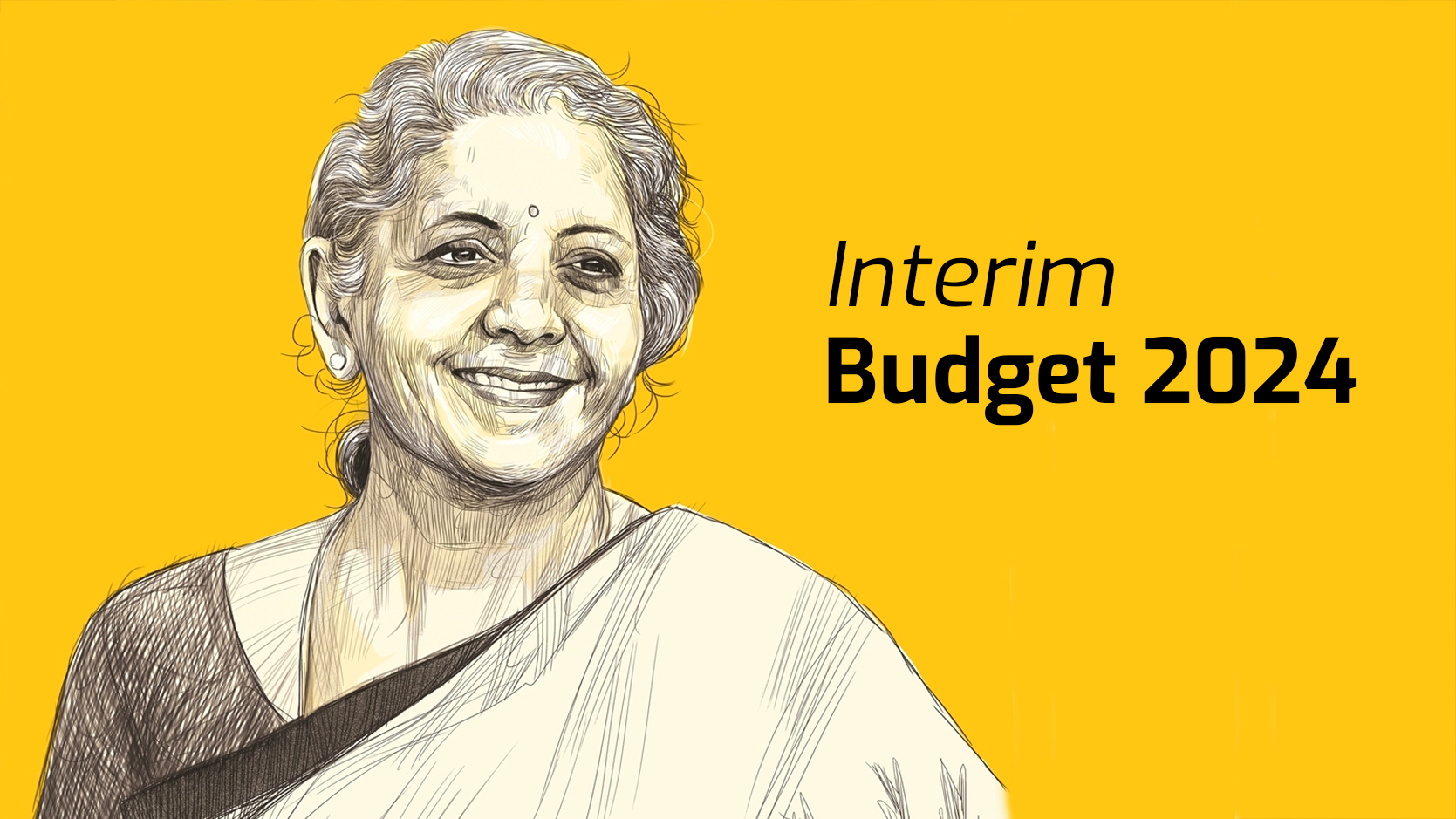Why is salt pan land being used for homes?
What in News?
The Indian government transferred 256 acres of salt pan land for Dharavi housing, raising environmental concerns over ecological impact.
What are Salt Pan Lands?
Salt pans are low-lying coastal tracts where seawater periodically flows in, leaving behind salt deposits after evaporation. This process contributes to the natural balance of coastal ecosystems.
Protection Status:
According to the Coastal Regulation Zone (CRZ) Notification of 2011, salt pans are categorized under CRZ-1B, marking them as ecologically sensitive. Economic activities, other than salt extraction and natural gas exploration, are restricted.
Salt Pans in India
- Mumbai: The city has 5,378 acres of designated salt pan land.
- National Scale: India has identified around 60,000 acres of salt pan land. Major states include:
- Andhra Pradesh: 20,716 acres
- Tamil Nadu: 17,095 acres
- Maharashtra: 12,662 acres
Significance of Salt Pans
- Environmental: Salt pans, along with mangroves, act as natural barriers against coastal flooding, providing critical environmental services.
- Economic: These areas support the livelihood of many workers involved in salt harvesting, processing, and transportation.
- Raw Material: The salt extracted from these pans is vital for industries such as chemicals, agriculture, and water treatment.
- Tourism: Certain salt pans, with their scenic landscapes, have become attractions, contributing to the local economy through ecotourism and cultural tourism.
Welfare Schemes for Salt Workers
- Scheme for Grant of Rewards to the Children of Salt Labourers: Offers financial rewards to children of salt workers for their educational progress.
- Namak Mazdoor Awas Yojana (NMAY): Provides housing for salt workers and promotes cooperative societies within the salt industry.
- Salt Commissioner’s Organization (SCO): Oversees the development of the salt industry, facilitating technological improvements and conducting training programs for workers.
Concerns
- Environmental Impact: Constructing housing on salt pan land could disrupt the ecosystem, threatening the natural flood barriers and reducing biodiversity.
- Loss of Livelihood: The redevelopment may also displace workers who depend on salt pans for their income.
Conclusion
The Dharavi Redevelopment Project seeks housing for slum dwellers but must balance economic goals with environmental and social concerns about salt pan lands’ sustainability.
Why did Supreme Court strike down discriminatory rules across state prison manuals?
What in News?
On October 3, 2024, the Supreme Court invalidated colonial-era prison rules, stating they reinforce caste differences and violate prisoners’ fundamental rights.
Background of the Ruling
The Supreme Court acted upon a plea which highlighted discriminatory rules in prison manuals from several states, including Uttar Pradesh, West Bengal, and Tamil Nadu. The rules pertain to the classification of prisoners and the assignment of work, perpetuating caste-based labor divisions.
Supreme Court’s Findings
State prison manuals violate prisoners’ fundamental rights by perpetuating social hierarchies.
Violation of Fundamental Rights
- Right to Equality (Article 14): The court ruled that using caste as a basis for classification in prisons reinforces caste differences and deprives prisoners of equal opportunities for reform.
- Right Against Discrimination (Article 15): The rules were found to discriminate against marginalized communities by relegating them to menial tasks while high-caste prisoners are assigned more respectable work.
- Abolition of Untouchability (Article 17): The court noted that the manuals perpetuate untouchability, as specific degrading tasks are assigned based on caste affiliation.
- Right to Life with Dignity (Article 21): The manuals were said to restrict the dignity and personal growth of marginalized prisoners, violating their right to life with dignity.
- Prohibition of Forced Labour (Article 23): The court indicated that imposing undesirable work on marginalized communities equates to forced labor.
Directive to States
The Supreme Court ordered all states and union territories to revise their prison manuals within three months to eliminate caste discrimination. Additionally, the Centre was instructed to amend the Model Prison Manual 2016 and the draft Model Prisons and Correctional Services Act 2023.
Model Prison Manual 2016
Comprehensive guideline for the administration and management of prisons in India. It aims to standardize practices across states and union territories, ensuring that the rights of prisoners are upheld.
Objectives
- To provide a framework for prison management that emphasizes rehabilitation and reintegration of prisoners into society.
- To ensure humane treatment of prisoners in accordance with constitutional and international human rights standards.
- To promote transparency and accountability in prison operations.
Way Forward
The Supreme Court mandates revising prison manuals to eliminate caste discrimination, ensuring equality, dignity, and rehabilitation.
Centre plans common interest groups, social infra, micro-credit for urban poor workers across 25 cities
What in News?
The preparations for the pilot project started this week, with the enumeration of vulnerable households expected to start in November 2024.
Deendayal Antyodaya Yojana-National Urban Livelihoods Mission (DAY-NULM)
Objective
To reduce poverty and vulnerability among urban poor households by enabling access to sustainable livelihood opportunities through skill development, social mobilization, and enhanced access to credit and social infrastructure.
Key Components of DAY-NULM
- Social Mobilization and Institutional Development (SMID): Urban poor households, especially women, are organized into self-help groups (SHGs) and federations to foster collective action and ensure access to credit and social services.
- Employment through Skill Training and Placement (EST&P): A component aimed at enhancing employment opportunities for urban poor through training and placement services.
- Self-Employment Programme (SEP): This component supports individuals and groups in starting their micro-enterprises.
- Shelters for Urban Homeless (SUH): Provides secure, dignified shelters for the urban homeless, equipped with basic amenities.
Significance of DAY-NULM
- Poverty Reduction: Aims to reduce poverty among urban poor households.
- Women Empowerment: Focuses on empowering women through collective action and access to resources.
- Inclusive Growth: Promotes inclusive economic growth and social development.
Pilot Project
A pilot project is a preliminary, small-scale implementation of a larger initiative, designed to test its feasibility, effectiveness, and impact before a full-scale rollout. It serves as a critical tool for policymakers and organizations to evaluate strategies and gather insights for future implementations.
Features of a Pilot Project
- Objective Testing: Tests the objectives of the initiative.
- Data Collection and Evaluation: Gathers data for assessing impact.
- Limited Scope: Focuses on a specific area or demographic.
- Flexibility: Allows for adjustments based on feedback.
- Scalability: Evaluates potential for larger implementation.
Selected Cities for the Pilot Project
The cities selected for the pilot project are Guwahati, Vijayawada, Visakhapatnam, Bhubaneswar, Puri, Rourkela, Kolkata, Durgapur, Surat, Ahmedabad, Dahod, Lucknow, Agra, Varanasi, Thiruvananthapuram, Kochi, Bhopal, Ujjain, Indore, Chennai, Tirupur, Agartala, Chamba, Aizawl, and Patna.
Concerns
Implementation challenges such as lack of awareness, bureaucratic delays, and inadequate infrastructure may hinder the mission’s goals. Urban slums require continuous monitoring and infrastructure development to ensure the effectiveness of initiatives like shelters for the homeless.
Conclusion
The expanded DAY-NULM pilot project aims to improve urban livelihoods for the poor, but addressing implementation gaps and infrastructure is crucial for success.
RBI policy: Why Monetary Policy Committee may keep repo rate steady but could cut in December?
What in News?
The six-member MPC may change the monetary policy stance from ‘withdrawal of accommodation’ to ‘neutral’ in the policy meeting next week.
What is the Monetary Policy Committee (MPC)?
- Composition: The MPC consists of six members, including three officials from the RBI and three external experts.
- Role: To formulate the monetary policy of India, particularly focusing on controlling inflation and managing economic growth.
Current Context of the MPC’s Meeting
Inflation Concerns: Recent data indicates a rise in inflation, with September CPI projected at 5.2%, driven primarily by increasing food prices.
Growth Projections: The MPC’s earlier projections forecast CPI inflation at 4.5% and GDP growth at 7.2% for FY2025.
Inflation
Inflation refers to the general increase in prices of goods and services in an economy over time, leading to a decline in purchasing power.
Types of Inflation:
- Demand-Pull Inflation: Occurs when demand for goods and services exceeds supply. Often linked to economic growth and increased consumer spending.
- Cost-Push Inflation: Results from rising production costs, such as wages and raw materials. Can lead to reduced supply, further driving up prices.
- Built-In Inflation: Arises from adaptive expectations, where businesses and workers anticipate future inflation and adjust prices and wages accordingly.
Causes of Inflation:
- Monetary Factors: Increase in money supply without a corresponding increase in goods and services. Expansionary monetary policies by central banks.
- Supply Chain Disruptions: Natural disasters, geopolitical tensions, or pandemics can disrupt supply chains.
- Government Policies: Fiscal policies, such as increased government spending, can boost demand and lead to inflation.
- Global Factors: External shocks like oil price hikes can lead to widespread cost-push inflation.
Effects of Inflation:
- Reduced Purchasing Power: Erodes the value of money, affecting consumers’ ability to buy goods and services.
- Uncertainty in Investments: High inflation creates uncertainty, discouraging long-term investment.
- Interest Rate Impact: Central banks may raise interest rates to control inflation, affecting borrowing costs.
- Income Redistribution: Fixed-income groups suffer, while those with assets may benefit from inflation.
Measures to Control Inflation:
- Monetary Policy: Central banks can increase interest rates or reduce money supply to curb inflation.
- Fiscal Policy: Reducing government spending or increasing taxes to decrease demand.
- Supply-Side Policies: Improving productivity and efficiency to increase supply and stabilize prices.
- Regulatory Measures: Implementing price controls or anti-profiteering measures during inflationary periods.
Conclusion
The MPC’s upcoming meeting will be crucial in shaping India’s monetary policy landscape, balancing growth and inflation concerns.
Questions:
What factors should the MPC consider when deciding whether to change the repo rate, and how might this impact the broader economy?
How Europe’s Creating the Moon on Earth
What in News?
Europe is taking significant steps toward lunar exploration with the unveiling of the LUNA Analog Facility, a crucial training ground designed to mimic the moon’s environment.
LUNA Analog Facility
- Launched by the German Space Agency (DLR) and the European Space Agency (ESA) in September 2024.
- The facility aims to recreate essential lunar conditions, including sandy regolith-like material and specialized lighting.
- Initial plans included a massive 700 square meters of artificial regolith made from volcanic soil and rocks from Italy, Germany, and Norway.
Simulating Lunar Conditions
Demonstrated sample collection in a controlled environment, showcasing the importance of simulating moon-like conditions.
The facility currently lacks a gravity simulator, which means astronauts walk instead of bouncing as they would on the moon.
Challenges with Gravity Simulation
Traditional methods like parabolic flights or swimming pools for zero-gravity training are not applicable in the LUNA facility.
Engineers are working on a “gravity offload system” to mimic lunar gravity, which involves attaching cables to astronauts’ suits to provide resistance.
Gravity Offload System
To counteract the effects of gravity on objects, creating a microgravity environment for testing and experimentation. These systems are crucial in aerospace, robotics, and scientific research.
Applications:
- Aerospace Engineering
- Robotics
- Biomedical Research
- Material Science
Future Developments from LUNA Analog Facility
- Life Support and Sustainability:
- Closed-loop systems for recycling air, water, and waste.
- Innovative food production techniques (hydroponics, aeroponics).
- Resource Utilization:
- In-situ resource utilization (ISRU) technologies to extract lunar materials.
- Pilot projects for ISRU processes on the Moon.
- Habitat Design and Construction:
- Modular habitat designs for easy deployment and expansion.
- 3D printing using lunar regolith for construction.
- Robotic and Autonomous Systems:
- Development of robotic systems for habitat construction and exploration.
- Autonomous vehicles for surface exploration and data collection.
Conclusion
The LUNA Analog Facility enhances lunar exploration and highlights Europe’s commitment to astronaut training and moon missions.
Array




